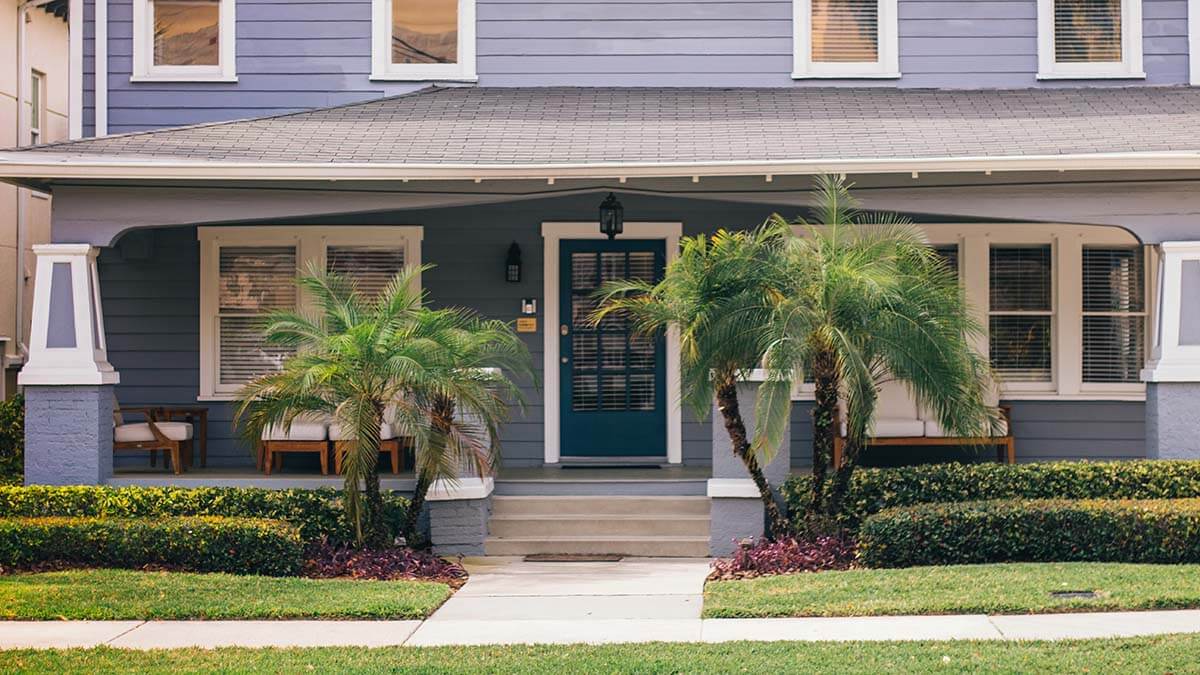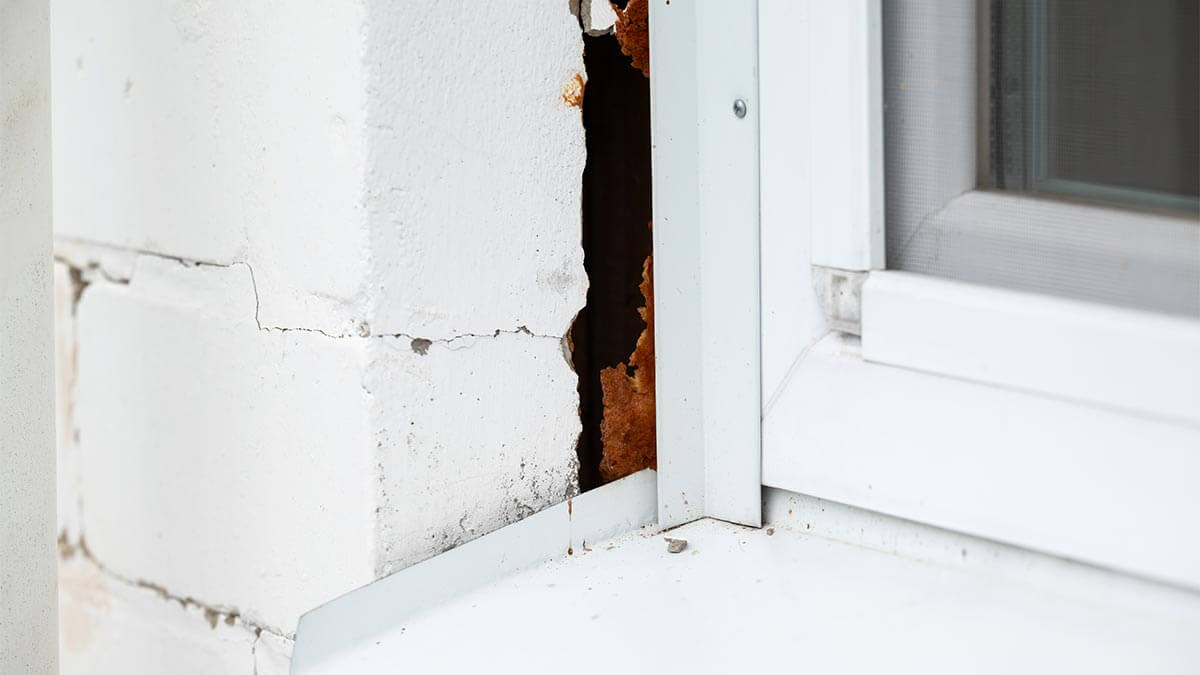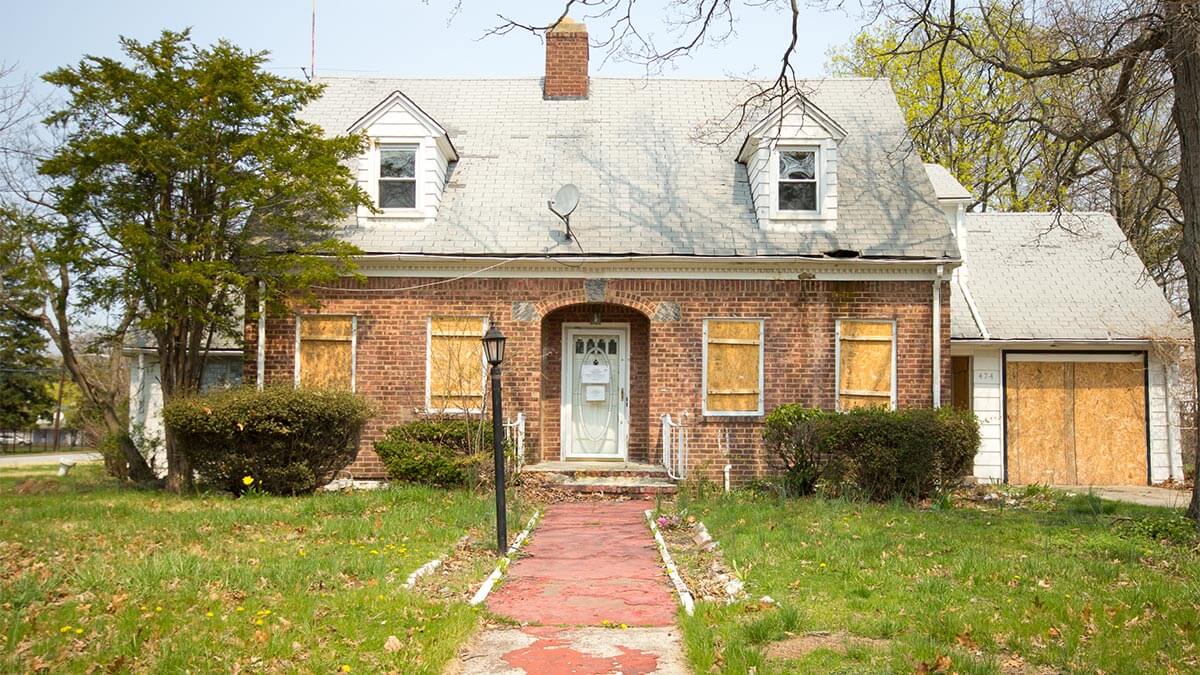Maybe your house has been on the market for a while, or maybe you’re only just starting to think about selling. Either way, there are actions you can commit to right now to make selling your home fast, easy, and more profitable.
In the digital age, taking every angle into consideration matters. It’s likely that you’ll have pictures of your home listed online and people physically touring your home. If your house is in disarray, then potential buyers are probably passing it up in a heartbeat.
The benefits of home staging are not luxuries you can’t afford. Home staging can be affordable and quick, and it can even get you more money when you sell.
In this guide, you’ll learn about the benefits of staging a home for sale and how you can easily achieve it.
Compare Cash Offers from Top Home Buyers. Delivered by Your Local iBuyer Certified Specialist.
One Expert, Multiple Offers, No Obligation.
Benefits of Home Staging
Home staging benefits might seem like something only the upper class think about. Having your home set up like a model room in a department store seems unnecessary at first glance, but think why department stores bother to set up model rooms.
First Impressions Matter
We’re guilty of judging a book by its cover every day. When we shop online, we often choose to buy the product that has nicer pictures because we inherently trust that listing more. When we go to the store to buy products, we usually pick the ones with nicer, more organized labeling.
In every case, picking the product with nicer packaging and marketing has nothing to do with how much better the product is. You might have an amazing functional house, but if it’s cluttered and dirty, it won’t matter.
The science of first impressions is stunning: first impressions last for months and stand strong even in the face of contradictory evidence. Take advantage of home staging to make that strong and positive first impression.
Step Up the Appeal
Let’s be honest, almost no one lives in a constantly pristine model home. Clutter and dirt are a part of life, and most people don’t buy only luxury furniture.
One of the benefits of staging your home is that it can make it seem much more luxurious, clean, and comfortable than it normally is. The magic of home staging tricks potential buyers into thinking their lives will be comfortable, clean, and luxurious if they buy your home.
The best part is that you don’t need to invest in all new furniture and decor to make your home look appealing. You can use the furniture you have and items around the house with some simple design rules and basic staging steps.
Make it Easy to Envision Life in Your Home
Everyone makes use of their home’s spaces a bit differently. Some families prioritize kitchen time while others enjoy their living rooms better. Other families spend more time in their bedrooms or outside.
When you are staging your home, you need to take into account how your potential buyers would want to use the space. It would help if you made it easy for them to envision the perfect life in your home.
Thinking about your home’s best features will help you highlight them by putting more effort into staging them. If you have a beautiful deck with a great view, for example, spend time cleaning up and staging the deck as the perfect leisure space. By making sure those features shine, you’ll be making your home irresistible.
Get Higher Offers
The importance of staging a home can go beyond looks. When potential buyers have very positive first impressions of your home and can envision themselves in the best spaces of your home, they’ll see your home as more valuable. Just the act of making a few simple repairs and deep cleaning your home before an open house can bump up the value of your home.
Highlighting your home’s best features can also increase the value. That new kitchen or bathroom renovation that you invested in could be further highlighted by luxurious touches of staging, bumping up that worth even higher.
Homes that have been staged have an increased chance of getting offers over the asking price than those that have not been staged. Agents from the National Association of Realtors found that staging your home could boost your offers by 5%.
That percentage seems like a small number, but when applied to the large sums that houses sell for, it could mean a lot of money back in your pocket.
Helps for In-Person and Online Viewing
More and more people are buying houses using digital means. It’s becoming more popular to search for houses on your own using real estate websites rather than depending on agents to find them for you. This means that your home’s online presence is very important!
Before anyone comes to take pictures of your home, make sure it’s prepared to shine. Staging your home for pictures can make your home look immaculate and inviting for anyone who clicks on its profile.
In contrast, having pictures of your home online that make it look cluttered and dirty will turn away anyone. Potential buyers may even refuse to see houses suggested by their agents based on their digital first impressions.
You need to make your home shine so that potential buyers are begging to see it in person!
Lessen Time on the Market
The reasons to stage your home don’t stop there. Not only will staging your home get you higher offers, but lessen the time it spends on the market. If you’ve been struggling with getting offers on your home, it might be time to get it a makeover.
It’s likely that you aren’t getting offers on your home because people are struggling to see themselves living in your home. You might need to change the layout a little bit, fix some minor damages, or clean up.
More than half of all sellers agents asked have said that staging a home can reduce your house’s time spent on the market.
DIY vs Professional Home Staging
Staging homes is a profession, and if you have the extra cash to hire a professional, it’s worth it. Home stagers can bring in furniture and decor that you don’t own to help your home reach its highest potential. They are experienced designers and marketers that will help potential buyers see themselves living in your home.
Of course, this type of service comes at a cost. Some things that will change the price of staging will be:
- Whether the home is vacant or lived-in
- How much furniture needs to be added or replaced
- How many rooms and their sizes
- The location the home is in
- How long the house must be staged
- Whether a stager charges by the hour or set fees
- The level of service you’re expecting
If you’re not willing to shell out the money for real, physical staging, it’s possible to get digital staging done. With this service, it’s possible to show your home online with furniture and decor photoshopped into the pictures. This type of staging has been shown to increase interest in the property without the full cost of staging.
The downsides, however, are that you should also provide pictures that show the true home without photoshop, and that anyone who visits the home will not see the staging in person.
On the other hand, DIY house staging can be as cheap as you like. You might choose to invest in minor repairs and a fresh coat of paint. You might hire a cleaning service for a deep clean.
You can also choose to only do what you can on your own and without cost.
How to Stage Your Home
Any effort to stage your home for potential buyers will bring positive results.
First, it’s likely you’re still living in your home while it’s on the market, but it’s time to start packing up personal items. Open houses and home visits bring in strangers. If you have pictures of your loved ones around the house and personal documents lying around, it could endanger your family.
Second, personal items and documents like mail can clutter a home and pull visitors out of the charm of the home.
It’s also generally polite to deep clean your home before you move out, and buyers will likely request repairs to be made to close on the house anyway. You can get started early and reap the rewards now by staging your house. You can hire a service or save money by doing it yourself.
Any minor repairs would include dents in the walls, scratched paint, fixtures that need tightening, and more.
If you have any colors on walls, it might be worth it to paint everything in neutral tones. Bright colors can be a turn-off, especially in pictures. You can also choose to change up the look of your entrance while you’re at it. Cleaning your front porch and touching up your door paint can make a huge difference.
Other senses come into play as well. Make sure your home has a fresh and inviting smell, and add lively plants that can improve air quality and bring life to the rooms. Make sure you get as much natural light as possible coming in to provide warmth.
Lastly, you can try rearranging furniture and decor. If you have any home magazines on hand, you can see how professionals stage rooms and try out the ideas you like. You can also search for ideas online.
Sell Your Home Fast With Less Hassle
The benefits of home staging are without question, but if you still aren’t satisfied, try listing your home with iBuyer.com. You won’t need to let strangers enter your home or plan for open houses. You won’t even need to make repairs.
iBuyer.com matches sellers with eager buyers who are willing to pay cash for homes sold as-is. Enter your home address on iBuyer.com to find out how much your home is worth right now.




